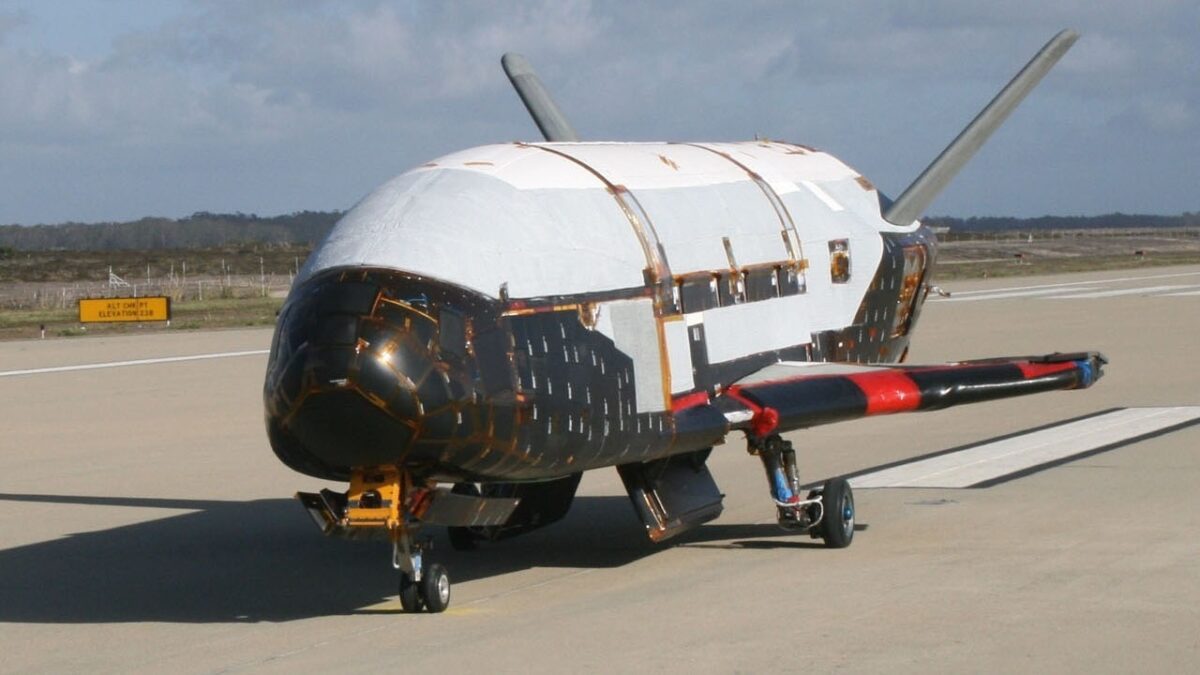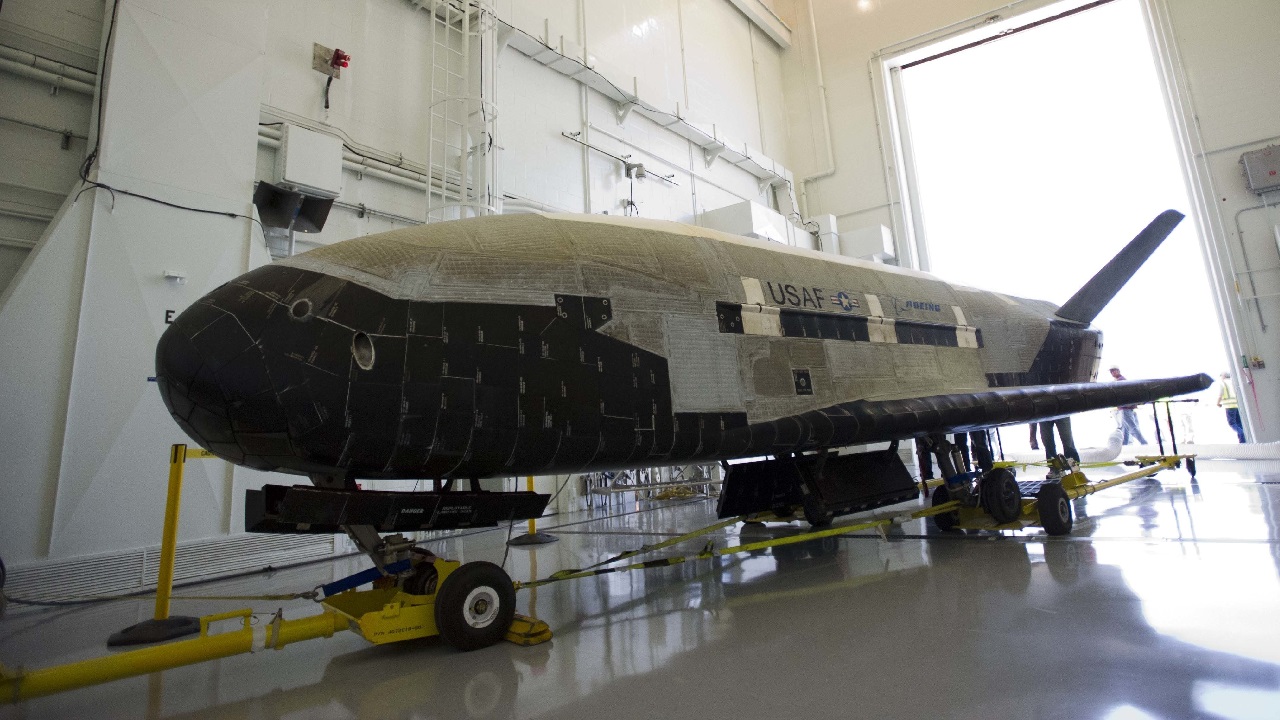Coming Soon: China builds its own X-37B? China, known for matching the United States step-by-step with military hardware that mimics American systems, wants to have its own space plane and two concepts have emerged.
One would be a reusable mini-craft like the U.S. Space Force X-37B, and the other would be something out of a sci-fi novel – a space vehicle that is a kilometer long. The small spaceplane has been successfully tested but it is not clear if it could make it all the way to earth’s orbit. The mega-spacecraft is part of a proposed five-year study and is likely still on the drawing board.
China’s Mini-Craft Is Sub-Orbital
Let’s examine the mini-craft first. It is reportedly sub-orbital much like Virgin Galactic’s program for space tourists that is boosted with a horizontally-launched mated climb. Then it gives travelers the sense of microgravity and glides back to earth shortly after. Amazon.com’s Jeff Bezos-backed Blue Origin’s New Shepard vertically-launched rocket is also sub-orbital.
It Has Seen Some Testing
China’s mini-spaceplane effectively tested a vertical take-off and horizontal landing in 2021 at the Jiuquan Satellite Launch Center in Inner Mongolia. It was also flight-tested in 2020. The reusable spacecraft program is likely being overseen by the People’s Liberation Army (PLA) Strategic Support Force and developed by the state-owned China Aerospace Science and Technology Corporation. This entity builds rockets and drones for the PLA, so the reusable spacecraft is not for tourists and is probably designed for military purposes such as collecting space-based intelligence, reconnaissance, and surveillance data.
Keep It Secret
No photos exist of the mini-space plane as the PLA and China Aerospace do not want to give any details to prying eyes from the public or from other countries. China says it is “too advanced to be put on display.”
A Space Plane One Kilometer Long?
The mini-craft may be doable, but the next project may never see fruition. That’s because the plan is to make a spaceplane that is a kilometer long. The mega-craft idea was part of a call for proposals from the National Natural Science Foundation of China which funds space projects in addition to other experiments from institutions and individuals.
Put the Word Out Far And Wide for Ideas
Scientific American took a look at the foundation’s website for the project and noted that the entity is looking for “major strategic aerospace equipment for the future use of space resources, exploration of the mysteries of the universe, and long-term living in orbit.”
Small Budget May Not Be Enough to Push the Project Forward
This looks to be low-budget feasibility research of only $2.3 million over five years. So, the Chinese are fishing for new ideas in a cheap fashion. They want scientists and engineers to develop light materials to be sent to space for the construction of the mega-ship.
You have to hand it to the Chinese for their ambition, but they will need much more than a couple of million dollars for the mega-craft. The International Space Station is only 109 meters across, for example, and the ISS cost around $100 billion to develop and costs about $4 billion a year to maintain. China did not even send its first astronaut into space until 2003.
Don’t Count the Chinese Out
But we know China plays the long game with many of its technological developments. Brian Harvey, author of the book China in Space: The Great Leap Forward, told Science Focus of the BBC it is not beyond the realm of possibility for the Chinese to take this kind of leap.

In a testing procedure, the X-37B Orbital Test Vehicle taxis on the flightline March 30, 2010, at the Astrotech facility in Titusville, FLa. (Courtesy photo)
“It’s about ambition, long-term thinking and instilling a sense of purpose. Such long-haul thinking does not fit in well with shorter-term western thinking, which might mistakenly dismiss this as propaganda,” Harvey said.
China’s strategy may be to push the military hard for the mini-spacecraft in the near term and wait patiently for the mega-spaceplane to develop with ideas from academia and policy institutes. They know enough about the American X-37B to believe they can replicate it, despite American efforts to keep some aspects of the record-setting spacecraft classified. There is a definite space race going on between China and the United States and the next five years will tell if either country can leap forward with new breakthroughs.
Now serving as 1945’s Defense and National Security Editor, Brent M. Eastwood, PhD, is the author of Humans, Machines, and Data: Future Trends in Warfare. He is an Emerging Threats expert and former U.S. Army Infantry officer. You can follow him on Twitter @BMEastwood.

